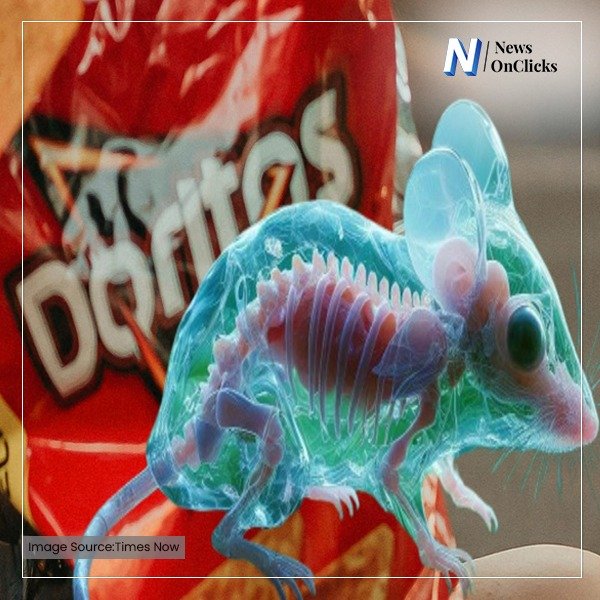
Researchers at Stanford University found that tartrazine, a yellow-orange pigment in Doritos, makes a mouse’s skin transparent. The study, published in Science on September 6, offers a new perspective on harmless research of tissues and organs.
The study states, “We found that an aqueous solution of a common food color approved by the US Food and Drug Administration, tartrazine, has the effect of reversibly making the skin, muscle, and connective tissues transparent in live rodents.”
Dr. Zihao Ou, an assistant professor of physics led the study titled “Achieving Optical Transparency in Live Animals with Absorbing Molecules.” He and his team aimed to find a better way to examine organs and tissues within the body.
They chose tartrazine for the experiment due to its ability to absorb blue ultraviolet light, allowing light to pass through the rodent’s skin. Ou explained, “For those who understand the fundamental physics behind this, it makes sense; but if you aren’t familiar with it, it looks like a magic trick.”
The Stanford researchers combined the yellow dye, which absorbs most light, especially blue and ultraviolet, with the skin. Although individually they prevent most light from passing through, together they made the mouse’s skin transparent.
In the experiment, they applied the dye to the mouse’s head and abdomen. The study reports that they could see the skin, muscle, and connective tissues become transparent in live rodents.
After the experiment, they rinsed the dye off the mouse’s skin. It was then removed through the mouse’s urine, causing the mice to lose their translucency. “It’s important that the dye is biocompatible – it’s safe for living organisms. In addition, it’s very inexpensive and efficient; we don’t need very much of it to work,” Ou added.
The lead author noted that the transparency effect appeared within a few minutes, working like a face mask or cream. The researchers observed internal organs and peristalsis in the belly but couldn’t see blood arteries on the brain’s surface.
4o mini









